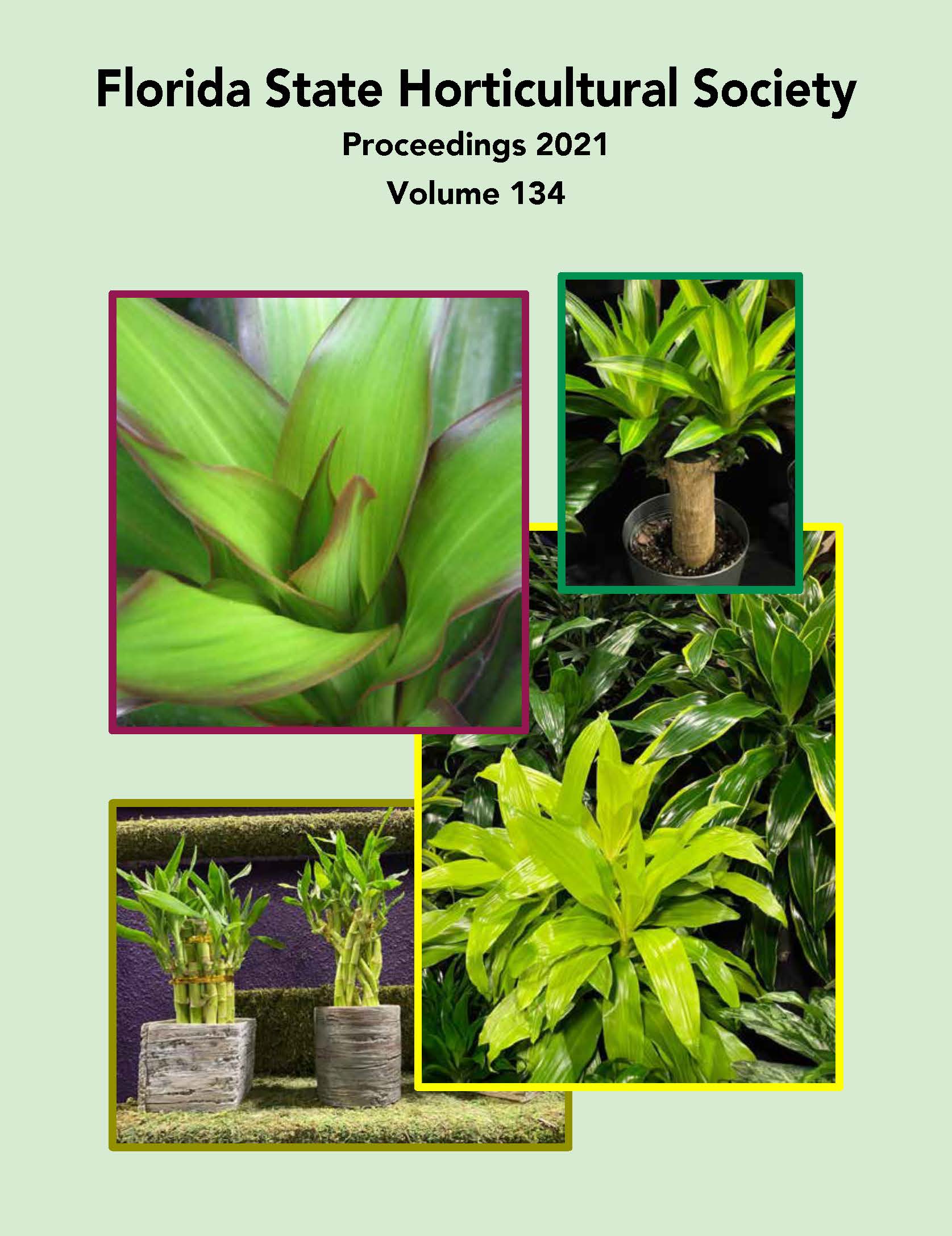Abstract
Broccoli (Brassica oleracea L. var. italica) is prone to yellowing and wilting due to the relatively high respiration rate and tissue senescence during postharvest handling, transportation, and storage. This greatly affects the quality and reduces market value and can lead to a problem of food waste and loss. Treating broccoli florets with 1-MCP and controlled atmosphere (CA) can delay senescence. However, little is known about the mechanisms at the molecular level. Here, we combined physiological, biochemical and genomics analyses on the postharvest broccoli and identified a core gene regulatory network governing both senescence associated developmental events and activation of stress responses. These findings can provide guidance on how to extend broccoli shelf life and reduce economic losses. They also generate genetics and molecular recourses for marker-assistant breeding and expand the general scientific knowledge of regulating senescence of Brassicaceae.

